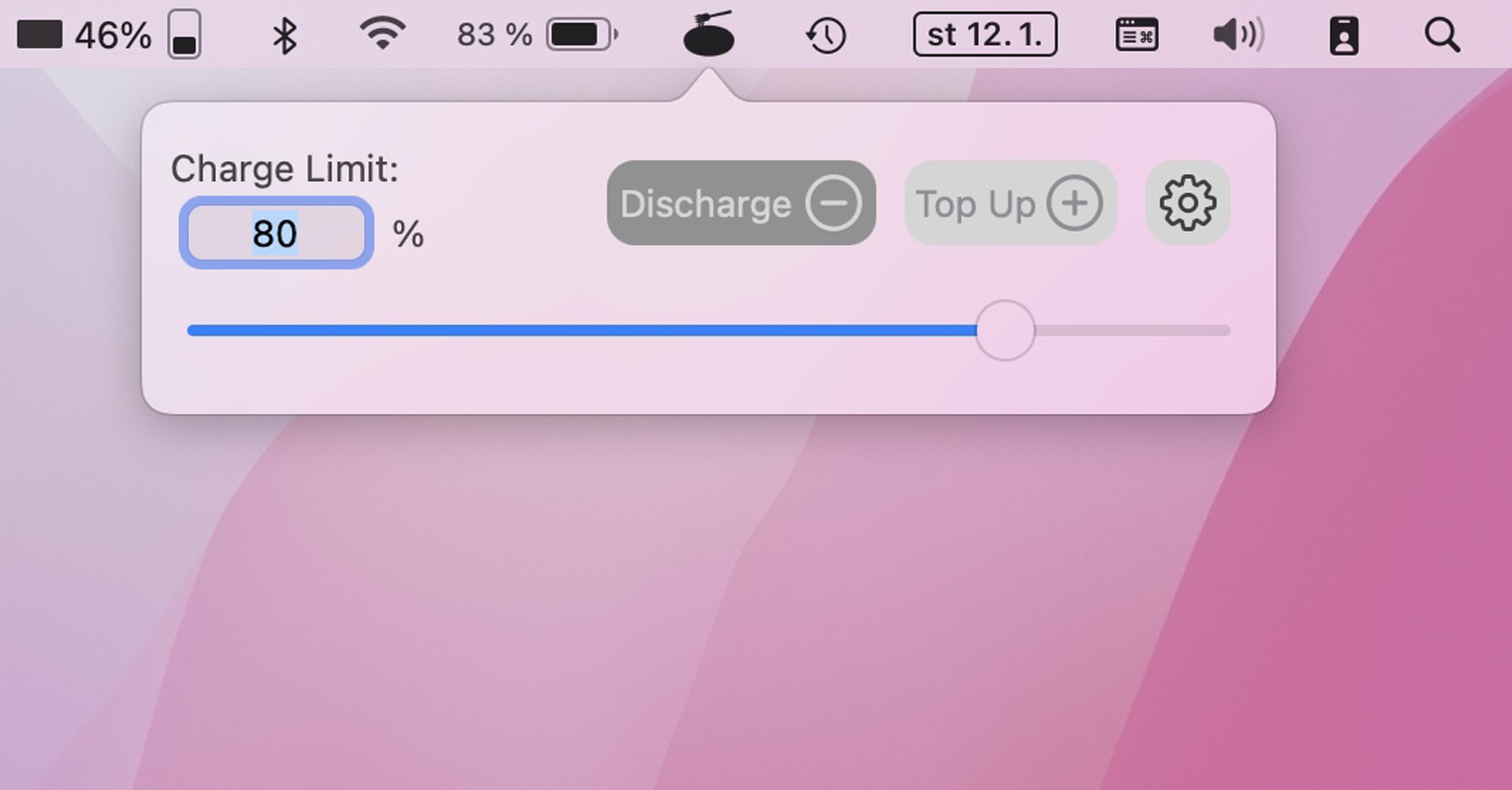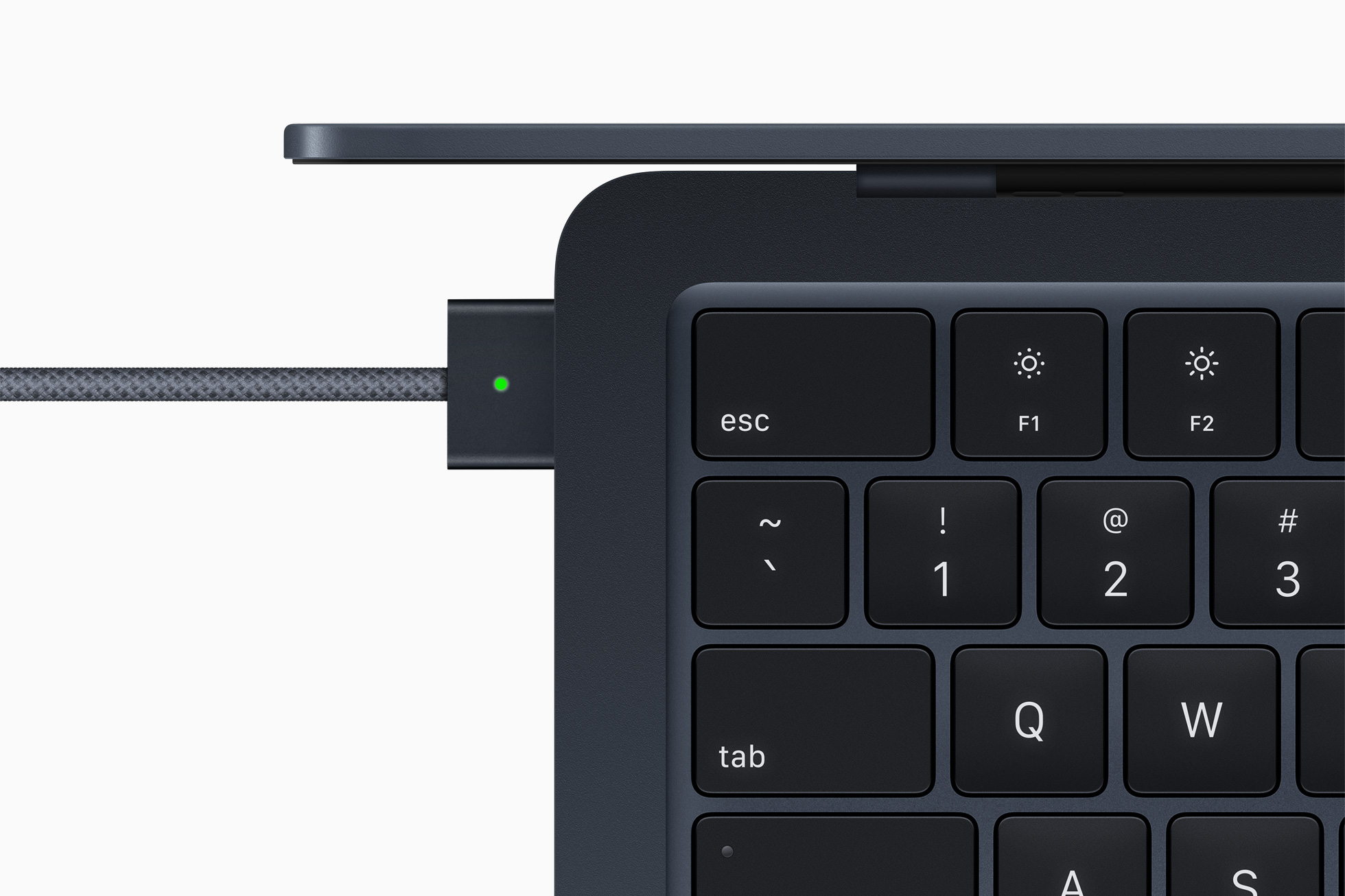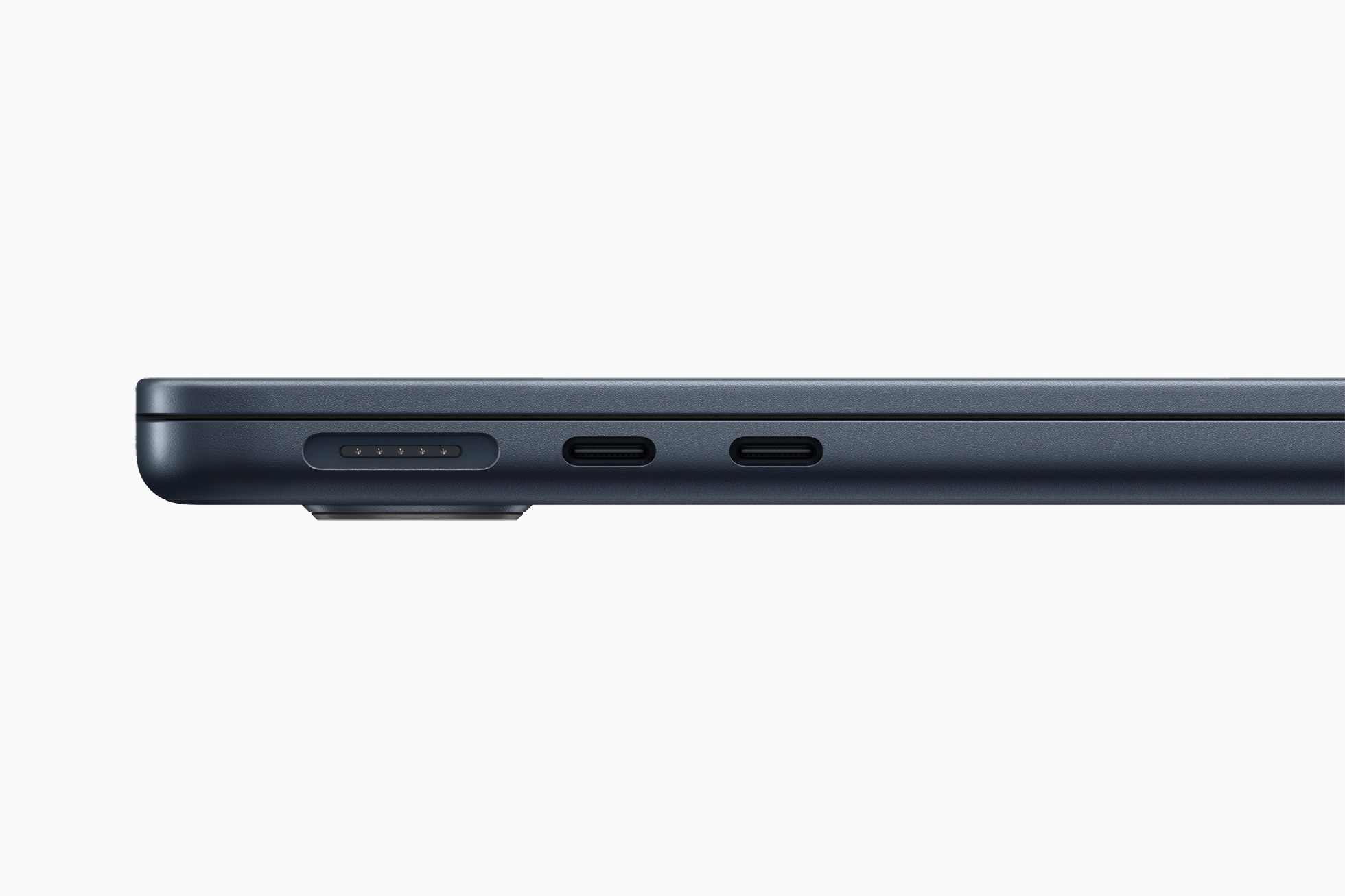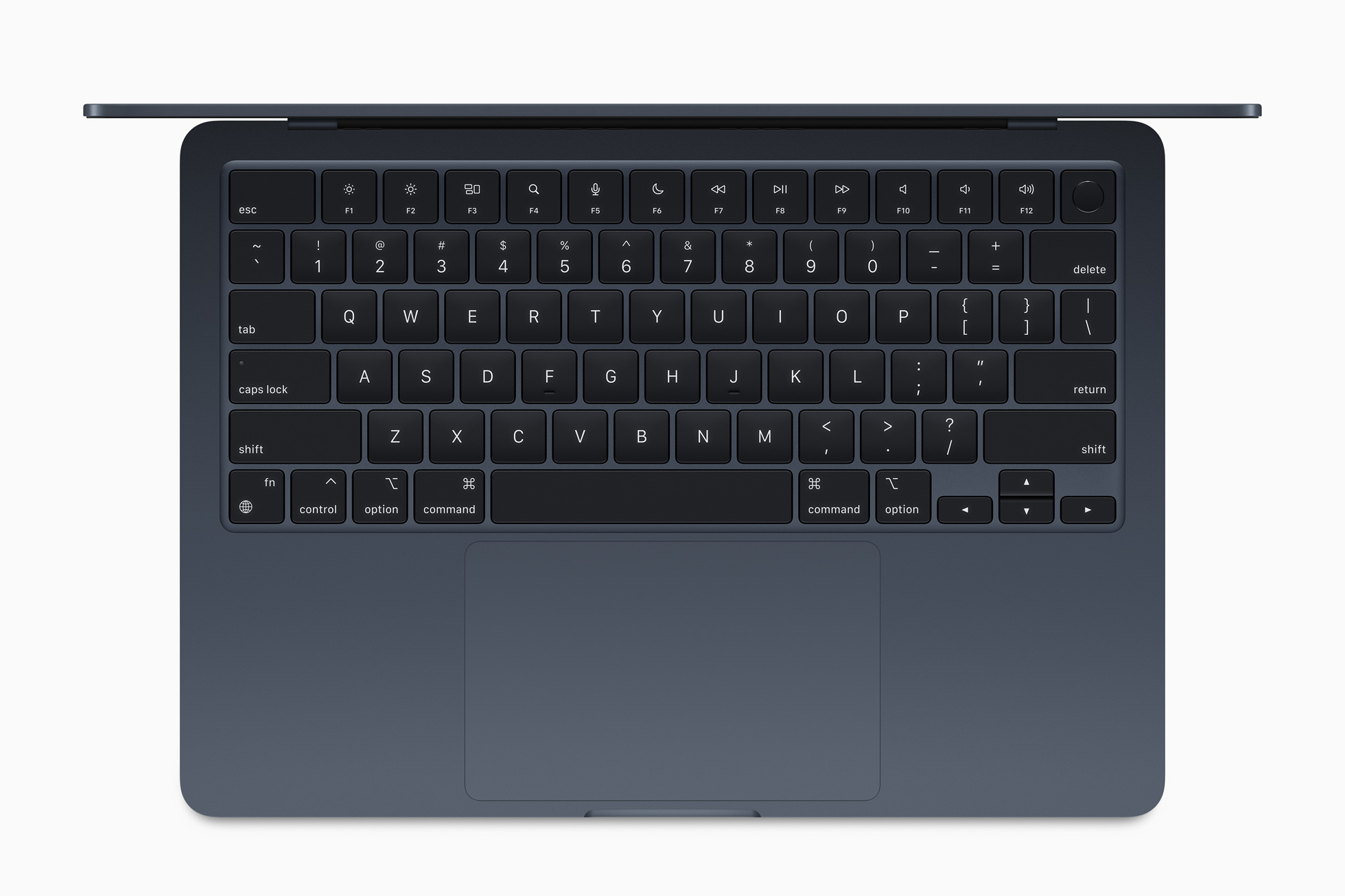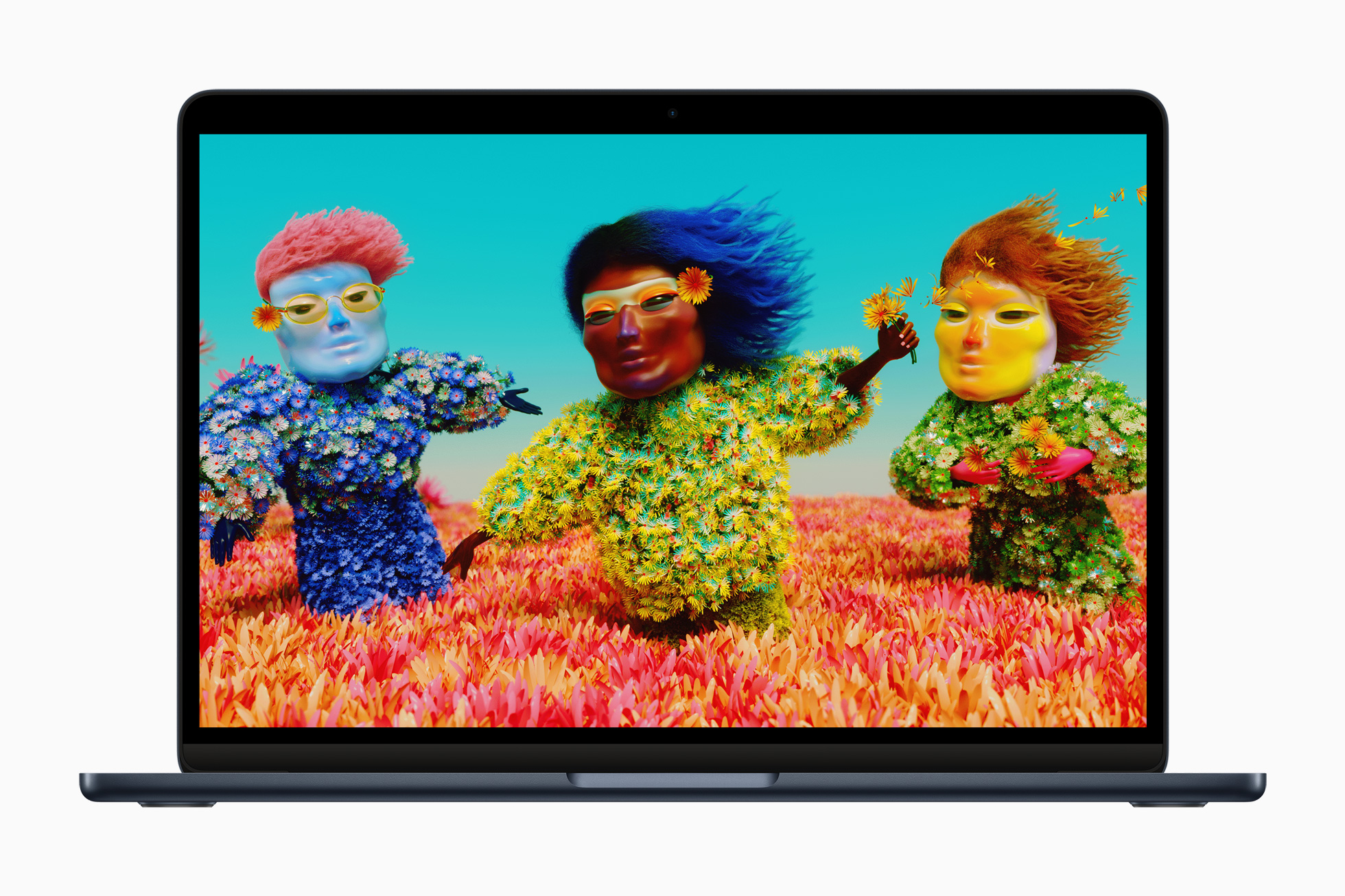How to charge a MacBook is a never-ending topic that apple users deal with practically all the time. During this time, several different approaches have also been used - from regular cycling to keeping the battery within a certain range. It actually makes sense. While technology has come a long way in recent times, batteries as such are unfortunately no longer enjoying such a solid development, on the contrary. It almost seems like they are standing still technologically. At the same time, it is an extremely important part of the equipment that is subject to chemical aging, thereby losing its effectiveness. It is therefore important to give the battery the best possible care.
It could be interest you
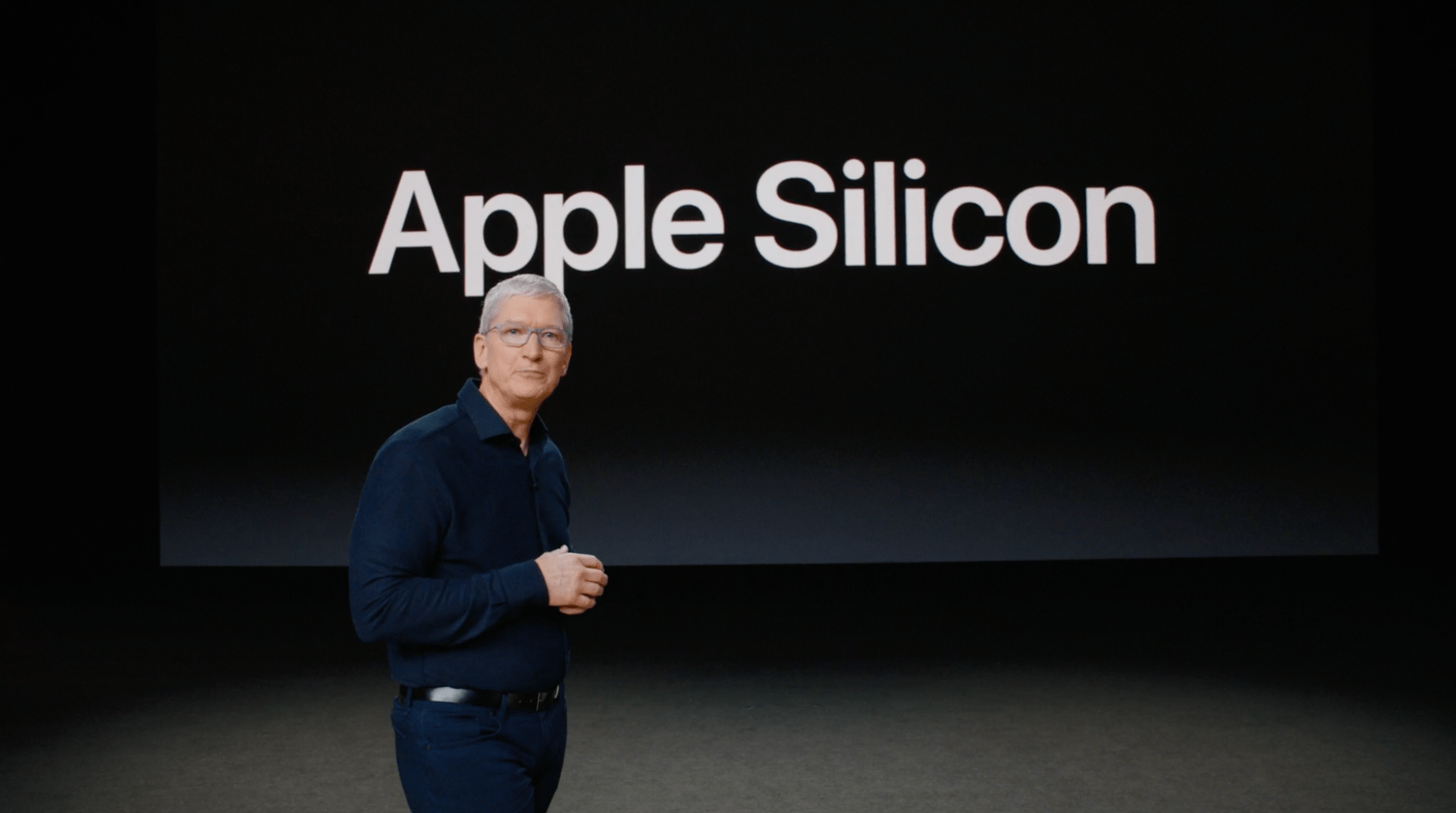
After all, for these reasons, the software is generally optimized for batteries. This applies not only to Apple laptops, but to practically any modern electronics – from phones, tablets, to smart watches, laptops and more. That's why MacBooks are equipped with a special function called Optimized charging. This ensures that the device as such is only charged up to 80%, while the rest is charged later. In this case, the device will learn to charge according to how a particular user uses the device. The goal is to have 80% when connected to the source all the time, but in the event that you need to take the laptop and leave, you should have the mentioned 100%. But there remains a fundamental question. Why does the MacBook not need to charge to 100% and prefers to stay at 80%?
Batteries in MacBooks
MacBooks are equipped with a rechargeable lithium-ion battery that simultaneously offers the best results in relation to price, performance and size. However, it is still a consumable part, subject to so-called chemical aging, due to which it loses its effectiveness over time. Very briefly, it can be said that due to chemical aging, the battery cannot hold as much charge as originally, which results in a worse endurance per charge. This is also related to our original question, i.e. why do MacBooks stick to the 80% limit.
We can also encounter a similar phenomenon in the case of smartphones. For example, iPhones do it exactly the same way (if it is activated on them Optimized charging). At the 80% mark, they can charge quite quickly, while after that the charging speed is significantly reduced and there is a wait again before the user needs the device. But charging slows down anyway, even without the mentioned function, and that's why the last 20% is charged the slowest. But in reality, you will never reach your full potential, i.e. the real 100%. The systems state the 100% limit as the breaking point of what the battery can safely hold. Here lies the particular problem. Lithium-ion batteries suffer when exposed to high temperatures or when maintaining a high voltage (100%). This can subsequently have a negative effect on the service life and bring more harm than good.
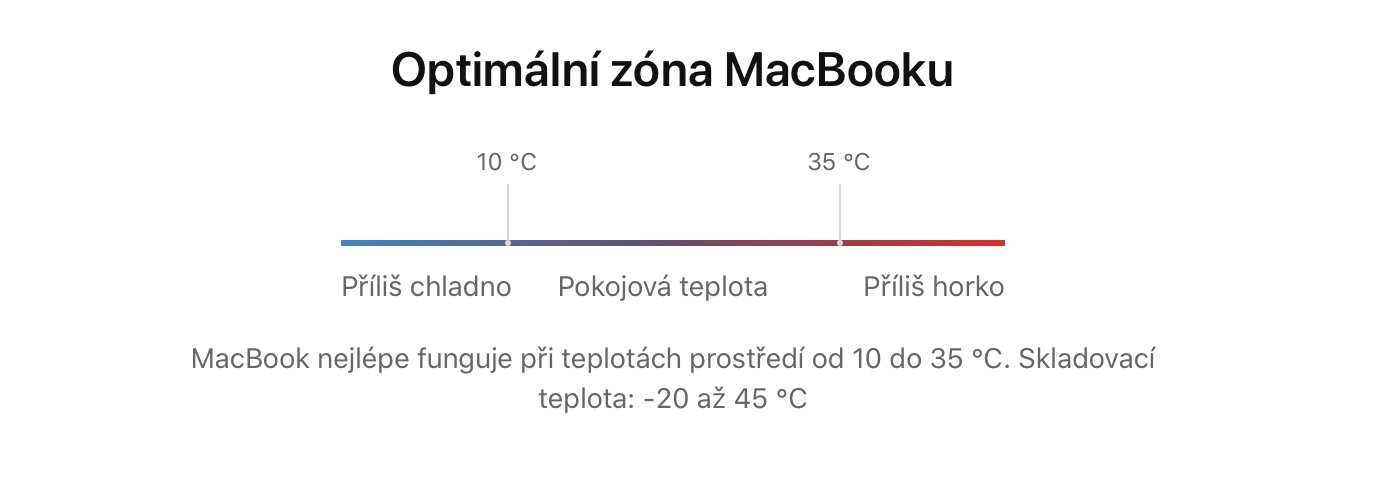
With the arrival of macOS 11 Big Sur therefore came the feature Optimized charging even to the system for apple computers, while until then we would only find it in the case of iOS. It is the limit of 80% that is most often recommended. The voltage in the accumulator is not so high and it can be stored safely, thanks to which the problems of premature chemical aging can be prevented. It can be briefly summarized as follows. When the battery is constantly at its maximum limit, it takes quite a lot of work, which can subsequently impair its efficiency.

How to help yourself
Finally, let's mention two popular tips that will help you take care of the battery in your MacBook. Of course, the already mentioned built-in function is offered as the first option Optimized charging. As we mentioned above, in this case, the device will remember how you charge your device and make sure that the Mac is not unnecessarily charged to 100%. There is also an alternative in the form of a third-party application. Specifically, we are talking about a relatively popular solution called AlDente. This utility is much simpler and serves to prevent the MacBook from charging beyond a certain limit. Therefore, it is easy to set the charging to stop at 80%, so you can easily prevent the mentioned problems - with such a battery, I will not get into a situation that could damage it.
It could be interest you
